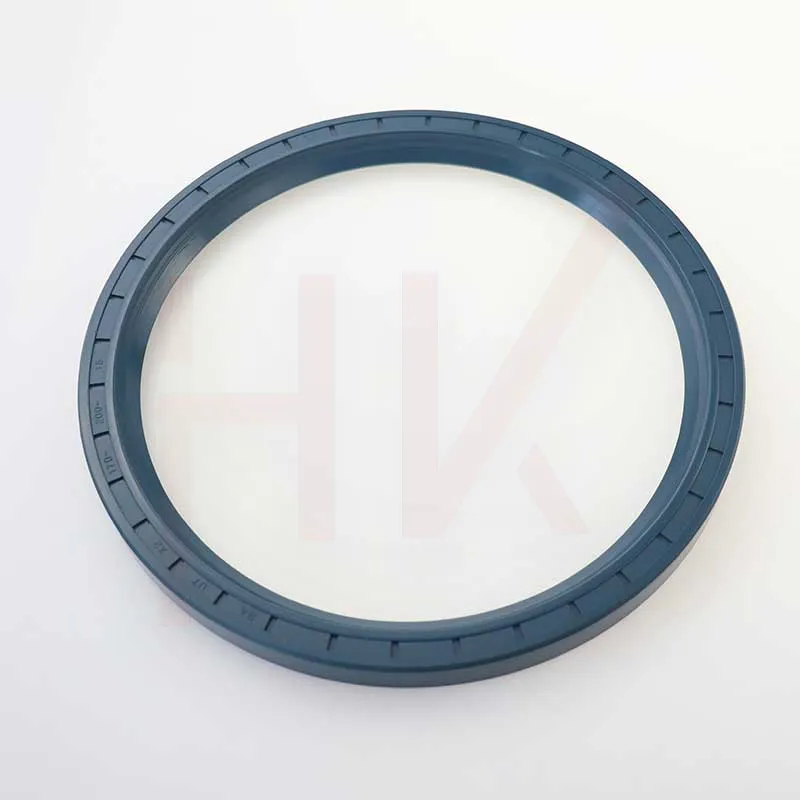ಜುಲೈ . 26, 2024 10:53 Back to list
Guide to Efficiently Repairing Seals on Hydraulic Cylinders for Enhanced Performance and Longevity
Hydraulic Cylinder Seal Repair A Comprehensive Guide
Hydraulic cylinders are essential components in various industrial and machinery applications, providing the power and movement necessary for effective operation. However, like any mechanical device, they are susceptible to wear and tear over time, particularly the seals that prevent fluid leakage and maintain hydraulic pressure. When seals fail, it can lead to reduced efficiency, increased operational costs, and potential damage to the entire hydraulic system. This article explores the importance of hydraulic cylinder seal repair and outlines the steps involved in the process.
Understanding Hydraulic Cylinder Seals
Hydraulic cylinder seals play a crucial role in the functioning of hydraulic systems. They serve two primary purposes to retain hydraulic fluid within the cylinder and to prevent contaminants from entering the hydraulic system. Common types of seals include piston seals, rod seals, and wipers. Each type is designed to withstand specific pressures, temperatures, and fluid characteristics. Failure of these seals can result from several factors, including wear from friction, chemical degradation due to exposure to harsh fluids, and environmental factors such as dirt and moisture.
Identifying Seal Failure
Recognizing the signs of seal failure early can prevent more significant issues down the line. Common indicators include visible fluid leaks around the cylinder, decreased performance or responsiveness of the hydraulic system, unusual noises during operation, and increased pressure drops. Regular inspections and maintenance can help identify potential seal issues before they escalate.
The Repair Process
Repairing hydraulic cylinder seals involves several key steps
1. Disassembly The first step in seal repair is safely disassembling the hydraulic cylinder. This includes relieving any pressure in the system, disconnecting hydraulic lines, and carefully removing the cylinder from its mounting.
hydraulic cylinder seal repair

2. Inspection Once disassembled, thoroughly inspect the seals and other cylinder components for wear, damage, or deformation. It's essential to assess not only the seals but also the cylinder bore, piston, and any other related parts. This inspection will help determine the root cause of the failure and whether other components need replacement.
3. Seal Replacement Remove the old seals carefully. Ensure that the surfaces are clean and free from debris before installing new seals. It’s crucial to select the correct type of seal that matches the specifications of the original, as the wrong seal can lead to premature failure. Manufacturers often provide detailed product specifications, making it easier to find compatible replacements.
4. Reassembly After replacing the seals, reassemble the hydraulic cylinder carefully. Ensure that all components are aligned correctly and that no foreign objects are present. It’s vital to follow the correct torque specifications and procedures to prevent any damage during reassembly.
5. Testing Once reassembled, the hydraulic cylinder should be tested for leaks and proper functionality. This step may involve reattaching hydraulic lines and conducting pressure tests to ensure that the seals are functioning as intended.
Preventive Measures
To prolong the lifespan of hydraulic cylinder seals, regular maintenance is essential. Implementing a routine inspection schedule, monitoring fluid levels, and replacing hydraulic fluid at recommended intervals can significantly reduce the risk of seal failure. Additionally, using high-quality seals and ensuring that the hydraulic system is installed correctly can minimize wear.
Conclusion
Hydraulic cylinder seal repair is a critical maintenance task that can save time and resources while ensuring operational efficiency. By understanding the significance of seals, recognizing failure signs, and following proper repair protocols, operators can maintain their hydraulic systems in peak condition. A proactive approach to maintenance not only enhances performance but also extends the overall lifespan of hydraulic equipment.
-
DKBI Hydraulic Wiper Seal 20x32x6/9 | Dustproof & Standard Oil Seal
NewsAug.30,2025
-
Eaton 5423 6423 Motor Repair Seal Kit: Premium Quality & Fit
NewsAug.29,2025
-
25x47x7 High Quality Tcv Oil Seal for Hydraulic Pump
NewsAug.28,2025
-
Wiper Oil Seal: Our Commitment to Clean Hydraulics
NewsAug.13,2025
-
Hydraulic Oil Seal for Self Discharging Cars
NewsAug.13,2025
-
Hub Oil Seal for Agricultural Tractor Hubs
NewsAug.13,2025
-
Skeleton Oil Seal with NBR Material
NewsAug.13,2025
Products categories
















